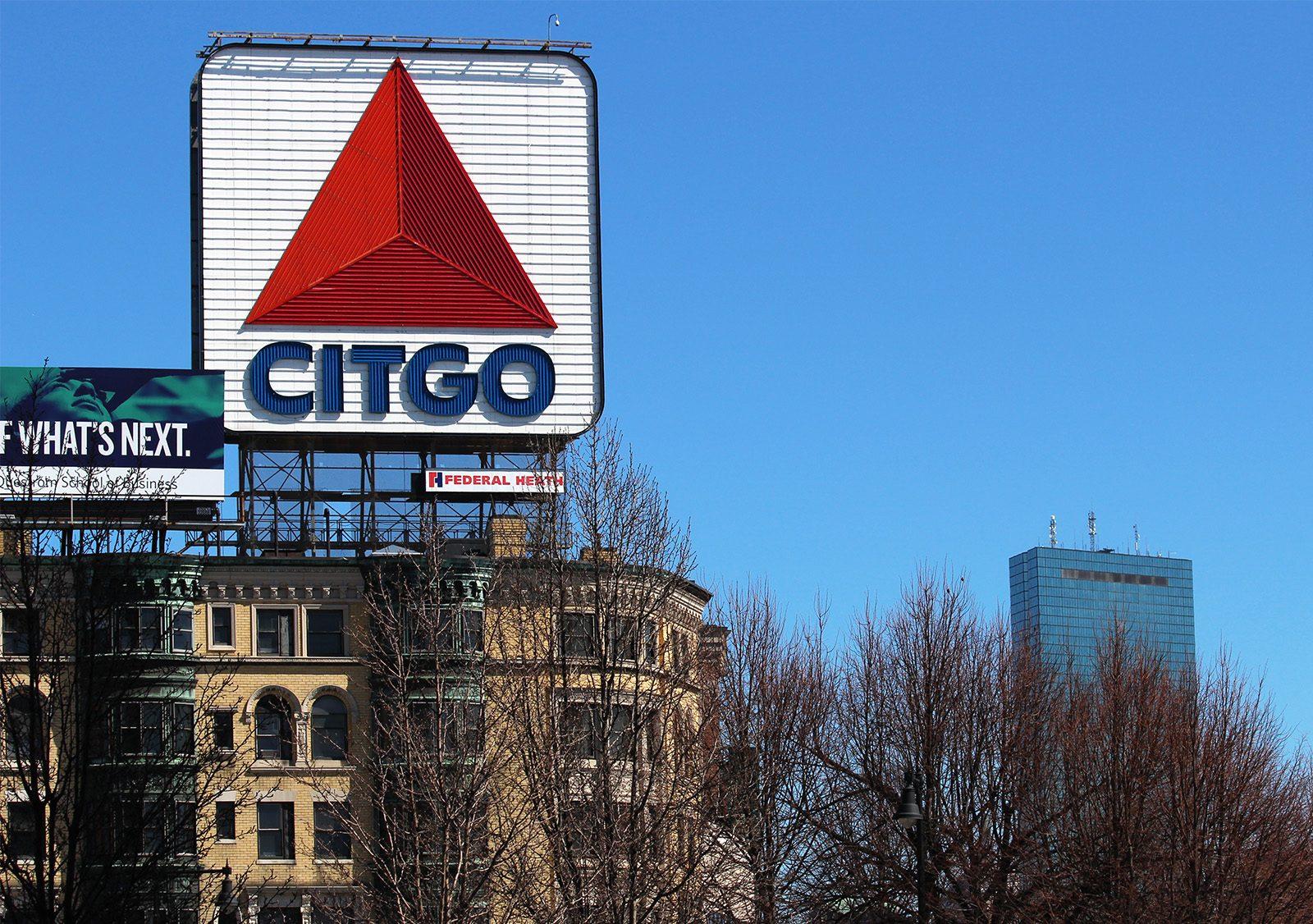No matter how far a Boston University student ventures into Allston on a night out or how deep one finds themselves in the Massachusetts Institute of Technology’s frat row, one shining light has always, for the past 78 years, guided them home: the light of the Citgo sign.
Standing proud atop 660 Beacon Street in Kenmore Square, the Citgo sign is widely regarded as the “North Star” for neighboring Commonwealth Avenue. If our phones die and Google Maps fails to navigate us back to our dorms, the sign’s far-reaching light will direct us in the general direction of our school. But soon, it may no longer be a constant on Boston’s skyline.
Since Boston University announced it would sell the building supporting the sign in 2016, the future of the sign hasn’t been so certain. The Boston Landmarks Commission held a hearing Tuesday to hear from the public about a proposal to make the sign an official landmark, protecting it from developments that could cause it to be moved or blocked from view.
Designating the sign as an official landmark would mark it as a cultural symbol of the city. Should the Citgo sign be representative of the spirit of Boston? Does it matter that the sign we see as an icon of our school, our shining North Star, is really just an advertisement for a gas company?
When students look at the sign, they might not immediately associate it with the oil company, and the political baggage that follows — Citgo is owned by Venezuela’s national oil company, which supports the Venezuelan government, and thus, the atrocities Venezuelan President Nicolas Maduro is currently committing against his people.
Some students may not even know what Citgo is. But regardless of whether BU students actively think about Citgo’s history as an oil company when they see the sign, the history remains. That’s something we have to justify if we make the sign an official landmark.
We can’t ignore the fact that the sign is owned by Citgo, simply because it’s not something we think about often. But the sign is exactly what a landmark is. It’s plastered on BU advertisements and all types of Boston memorabilia. If you see a red triangle on the T-shirt of a New Englander, you automatically know what it means.
Despite how you feel about gas companies, the Citgo sign is more of a landmark than anything that has been officially labeled as such. It’s more iconic than any other building in the city, at least for BU students. Without it, there would be an empty space on our campus.
The commission cited the sign’s artistic appeal and the fact that it’s Boston’s only “spectacular” formerly neon sign as reasons for its preservation.
Nobody wants to say it, but Boston isn’t the most attractive city. The city prides itself on classic brick architecture, but brick building after brick building combined with cobblestone streets can make Bostonians feel like they’re swimming in a sea of dreary, red-brown rock.
Regardless of whether or not the commission’s proposal is approved, the fact that the Citgo sign is one of the few pieces of “art” to Boston’s name should be telling. The city needs to embrace public art in the way Greater Boston has. While surrounding cities boast expansive murals and projects showing the color of their community, public art in Boston is generally confined, as Boston Globe columnist Yvonne Abraham wrote, to “… stodgy legions of bronze figures depicting politicians and sporting or other heroes.”
This debate shouldn’t be about the fact that the sign is LED, nor that it’s visually pleasing — because nothing can be visually pleasing enough to justify granting a gas advertisement the status of an official landmark. It’s about how the sign ties the city back to a time when the skyline was almost completely different, even after the city has been built up around it.
The sentimentality Bostonians hold for the Citgo sign might not make sense, but the sign should be preserved because of the meaning it holds for the people who see it every day. The sign has been dissociated from gas in the collective consciousness of Boston residents. It’s culturally cherished by Red Sox fans as a symbol of Fenway Park, by BU students as a fixture of their school and by Bostonians as a reminder of the past.


















































































































